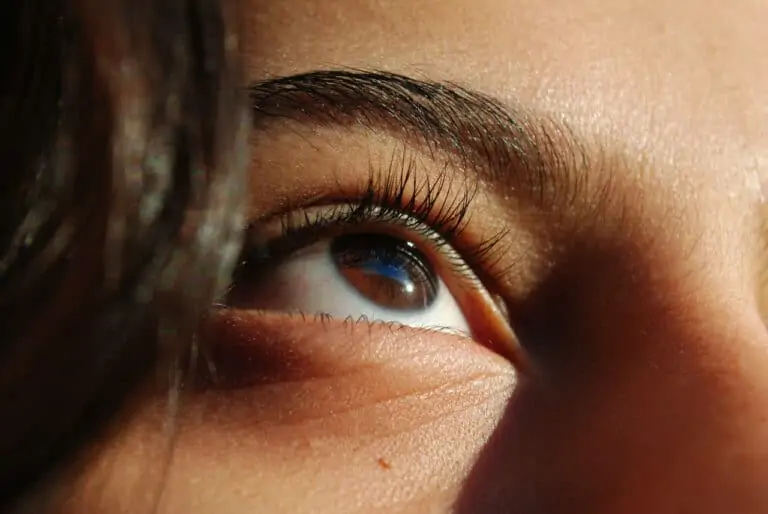Diabetic retinopathy is a complication of diabetes that can cause vision problems. Excessive sugar in your blood, also known as blood glucose, can damage blood vessels in your eyes. More specifically, high blood sugar damages the blood vessels of your retina, which is the light-sensitive tissue lining the inside of your eye at the back of your eye. High glucose can even damage your macula, which is the region of the retina responsible for sharp, central vision.
Damaged blood vessels can swell and leak, or they can close completely to prevent blood from passing through. Sometimes abnormal blood vessels can develop to cause diabetic retinopathy.
Diabetic retinopathy has two main stages. Non-proliferative diabetic retinopathy (NPDR) is the first phase of the disease – many individuals with diabetes have NPDR. When you have NPDR, the tiny blood vessels in your retina leaks, and this makes your retina swell. Proliferative diabetic retinopathy (PDR) is the more advanced stage of diabetic eye disease, and it occurs when new blood vessels appear in the retina.
Symptoms may not appear in the early stages of diabetic retinopathy, or mild symptoms may develop. The disease can cause blindness eventually.
Symptoms
- Floaters, which are spots or dark strings floating across your field of vision
- Blurred vision or fluctuating vision
- Impaired color vision
- Empty or dark areas in your field of vision
- Vision loss
Causes
- Extended duration of diabetes – the longer you have diabetes, the greater the damage to your retina
- Poor blood sugar control
- High blood pressure
- High cholesterol
- Pregnancy
- Tobacco use
Diabetic Retinopathy & Treatment in Jacksonville
Treatment depends largely on the type and severity of your diabetic retinopathy. Depending on what our physicians of Florida Eye Specialists see when they examine your eyes, we may recommend treatments that include medications, laser treatment, or surgery.

